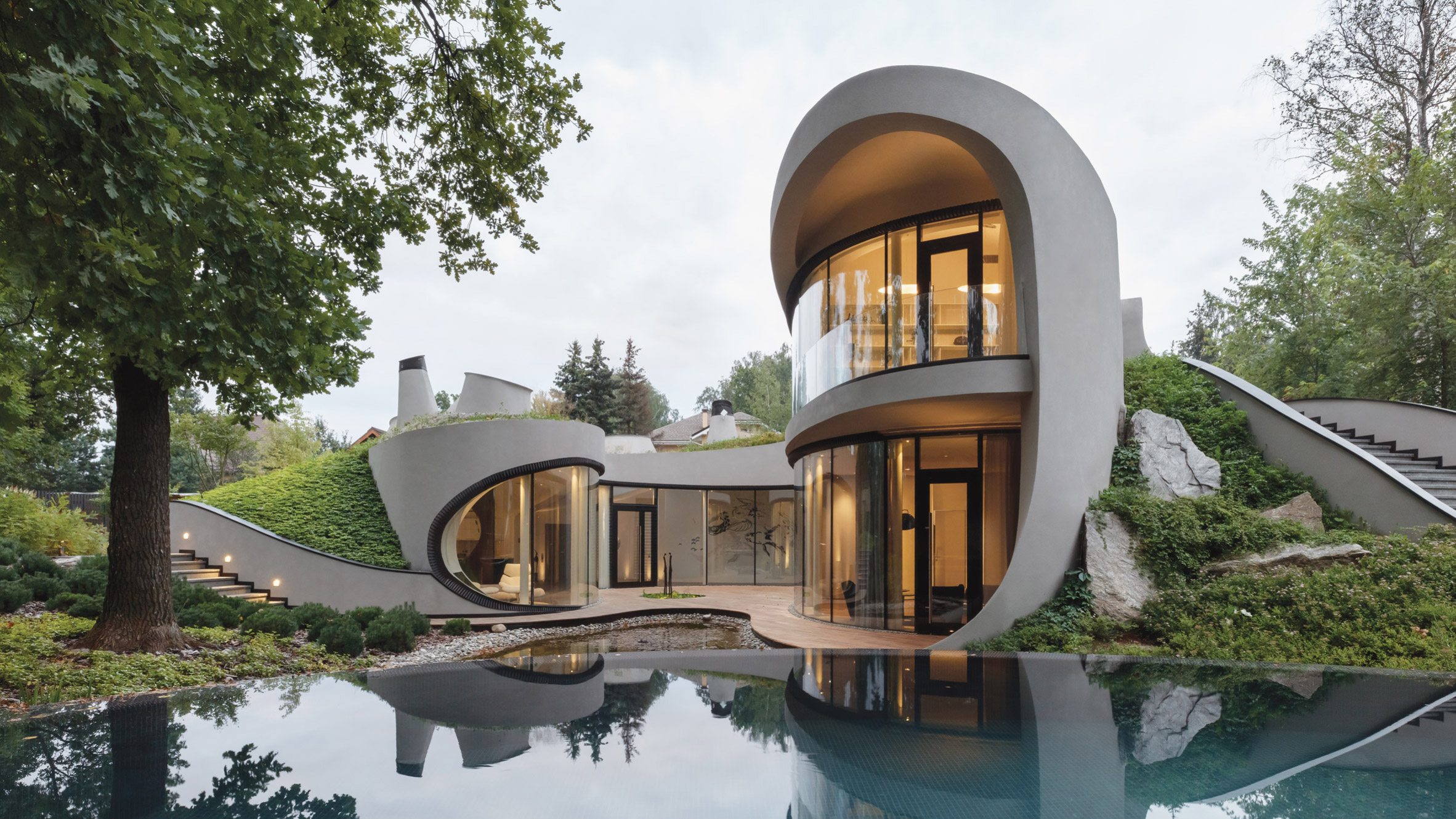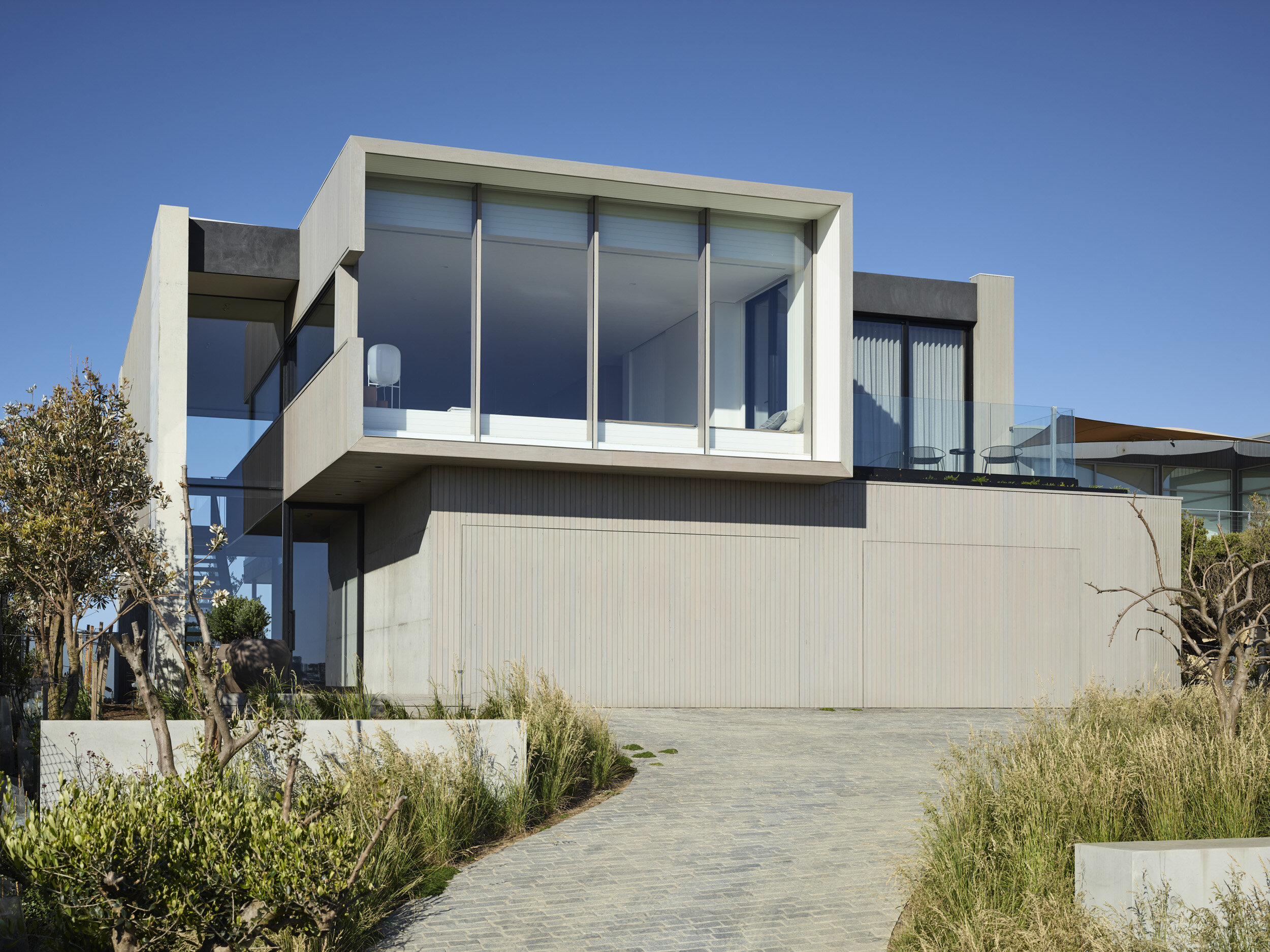Innovative Residential Interior Architect to Create Functional and Stylish Interiors
Innovative Residential Interior Architect to Create Functional and Stylish Interiors
Blog Article
Top Trends in Residential Style You Should Learn About
As domestic design remains to advance, numerous engaging fads are forming the way we develop and inhabit our living spaces. Key growths such as lasting building techniques, the integration of wise home innovation, and the rise of modular homes emphasize a significant shift in the direction of both functionality and environmental responsibility. Additionally, concepts like open strategy living and biophilic style are redefining our communication with space and nature. Comprehending these fads not only notifies style selections however also discloses broader implications for lifestyle and community - residential house architect. What might these developments imply for the future of property living?
Sustainable Structure Practices
A raising number of household projects are embracing lasting structure methods, driven by a growing awareness of ecological effect and energy efficiency. This shift is defined by the assimilation of environment-friendly materials, energy-efficient styles, and innovative construction techniques. Building contractors and property owners are progressively prioritizing the use of renewable energies, such as bamboo and recycled steels, which not only reduce the carbon impact however additionally improve the durability and visual allure of residential properties.
Incorporating energy-efficient systems is another vital element of sustainable building - residential house architect. Features such as high-performance insulation, energy-efficient home windows, and solar panels are coming to be criterion in brand-new domestic layouts. These elements not only add to lower power usage but additionally offer significant long-term savings for house owners
Additionally, the design of sustainable homes frequently highlights all-natural light and ventilation, lowering the reliance on man-made lighting and climate control systems. Landscape design techniques, such as xeriscaping, more advertise sustainability by reducing water usage.
As the demand for sustainable living solutions proceeds to rise, the property design industry is positioned to introduce and adjust, making sure that future homes are not just environmentally liable but also comfortable and practical for their occupants. - residential house architect
Smart Home Technology
Smart home innovation is reinventing the method property owners communicate with their living spaces, boosting energy, protection, and comfort management. This cutting-edge method incorporates different devices and systems, enabling users to regulate their homes from another location or through automated procedures. Central to this trend is the usage of smart tools such as thermostats, lighting, protection electronic cameras, and home appliances, all attached by means of the Internet of Points (IoT)
One of the most enticing features of smart home modern technology is the capability to customize settings for optimum energy performance. Homeowners can check energy use and adjust illumination, home heating, and air conditioning based upon their routines, significantly lowering utility prices. Additionally, advanced safety systems geared up with wise locks and security cameras provide assurance, enabling remote tracking and notifies to prospective safety violations.
Assimilation with voice-activated aides improves user experience, allowing homeowners to regulate gadgets with easy voice commands. As innovation continues to advance, the possibility for wise home systems to improve top quality of life expands, making them an essential factor to consider in contemporary domestic architecture. Inevitably, wise home technology is not just a pattern but a basic shift towards a lot more intelligent living settings.
Open Idea Living
Open up idea living has become a defining attribute in contemporary household design, identified by the removal of traditional obstacles in between areas. This layout approach advertises fluidity and connection within the home, permitting a smooth transition in between locations such as the kitchen area, eating, and living rooms. By getting rid of walls and dividers, open principle layouts produce a feeling of spaciousness, promoting a welcoming atmosphere that improves social communication.

Moreover, this method to household design lines up with minimalism, concentrating on useful simplicity and aesthetic coherence. House owners value the flexibility of these designs, which can be conveniently adapted to mirror personal design with furniture arrangement More Bonuses and decor. As open idea living proceeds to gain traction, it remains a testament to progressing family members characteristics and the need for homes that enhance connection and comfort.
Biophilic Design
Biophilic design has become progressively considerable in property design, highlighting the innate connection between humans and nature. This design philosophy seeks to incorporate natural environments right into living areas, consequently promoting a sense of well-being and enhancing the quality of More Bonuses life for occupants. By including attributes such as all-natural light, plants, and organic materials, biophilic layout advertises a harmonious relationship in between interior atmospheres and the environment.
Key components of biophilic layout consist of large windows that give unblocked views of exterior landscapes, living wall surfaces that introduce plant right into interiors, and open layout that encourage air movement and natural light penetration. Water attributes, both inside and outside the home, offer to produce soothing ambiences and improve sensory experiences.
Furthermore, using sustainable products not only sustains environmental stewardship but likewise contributes to much healthier indoor air quality. As recognition of environmental concerns boosts, homeowners are progressively prioritizing styles that mirror their connection to nature. Basically, biophilic design not just elevates aesthetic allure but additionally addresses psychological and psychological demands, making it an important pattern in modern domestic style.
Modular and Prefab Homes

In addition, modular and prefab homes are designed with sustainability in mind. Many manufacturers utilize eco-friendly materials and energy-efficient systems, such as photovoltaic panels and advanced insulation techniques, adding to lowered power usage and lower energy costs for house owners. The versatility of design options permits for personalization, dealing with varied visual preferences and functional needs.
As the need for budget friendly real estate continues to climb, modular and prefab homes present a sensible option, dealing with both financial and environmental obstacles. Neighborhoods are increasingly identifying the potential of these frameworks, integrating them right into rural and metropolitan settings. Generally, the trend towards modular and prefab homes symbolizes a shift toward extra sustainable, reliable, and adaptable living atmospheres, making them a pivotal element of modern domestic style.
Conclusion
In final thought, the evolving landscape of domestic style showcases significant patterns that focus on sustainability, technology, and wellness. Sustainable building methods and wise home modern technologies enhance efficiency and benefit, while open idea living and biophilic layout foster social communication and a link to nature. The rise of modular and prefab homes provides customizable and budget-friendly options, showing a wider shift towards functional and liable living. These fads jointly highlight a commitment to creating harmonious and cutting-edge property atmospheres.
Secret developments such as lasting building techniques, the combination of smart home modern technology, and the rise of modular homes emphasize a considerable change towards both capability and environmental duty.The increase of prefab and modular homes has check that changed the domestic style landscape, providing cutting-edge services for reliable and sustainable living.In addition, modular and prefab homes are created with sustainability in mind. Overall, the pattern towards modular and prefab homes symbolizes a shift toward extra sustainable, effective, and versatile living settings, making them a pivotal element of modern residential design.
Lasting structure practices and smart home innovations boost efficiency and benefit, while open idea living and biophilic layout foster social communication and a connection to nature.
Report this page